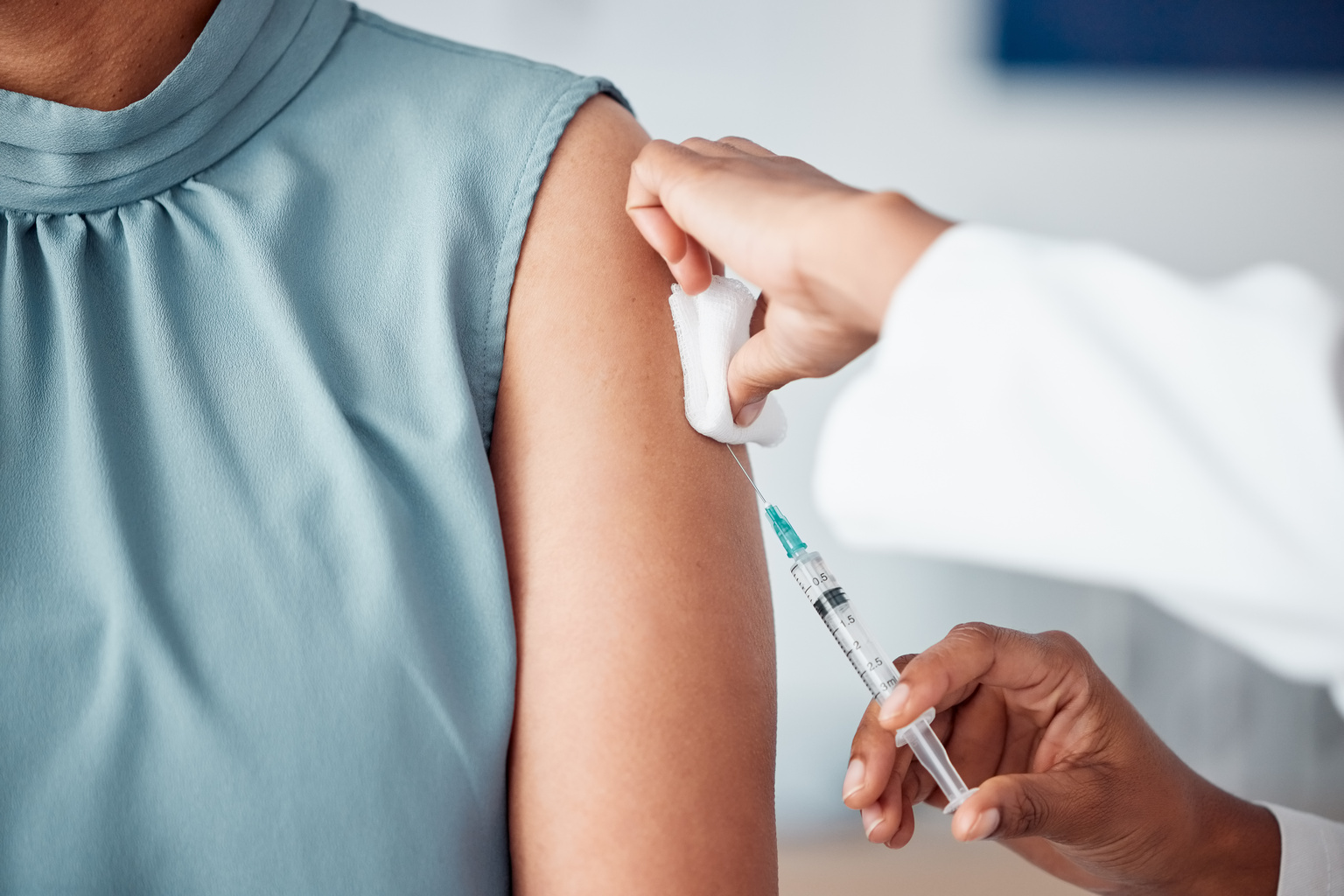Communication has historically been considered a “soft science,” therefore has remained conspicuously absent from most US nursing education curriculums. However, the American Association of Colleges of Nursing (AACN) aims to change that with recent updates to its standards, which are based on a set of core competencies every nursing student should possess. AACN Essentials calls for schools of nursing to transition to competency-based education (CBE) programs for nursing graduates from baccalaureate, master’s, and Doctor of Nursing Practice programs.
Bonsall begins the conversation by asking the educators, “Why is it important that the American Association of Colleges of Nurses identified communication as a core nursing value?” Considered a gap in most programs, Goldsmith, who has conducted research on health communication science, responds that it “has not been purposefully integrated into nurse education curricula across the country,” and that “nurses deserve and need specialized, nurse-specific, evidence-based content.”
She identifies two avenues of difficulty nursing programs currently face: 1) Students lacking rigorous, social science-based communication content offering guidance and answers, as well as tools for practice; and 2) Faculty not having the resources and a structured pathway they need to teach communication.
“You end up with an anecdotal approach vs a structured engagement with communications,” Goldsmith emphasizes.
Wittenberg calls the inclusion of communication in AACN Essentials “a turning point in creating and establishing communication as a legitimate social science area for study and training.” Probing the experts further, Bonsall asks, “What are the three types of learning objectives for nurse communication?” Says Wittenberg, the AACN Essentials standards now focus on “learning objectives to provide communication, education, and instruction,” adding, “We think that nurse communication with skill training is essential.”Expanding on this point, she clarifies: “When you want somebody to change their behavior and do something differently, there are several different factors that come into play. First, nursing students need knowledge about communication, which includes social science, theories, frameworks, and concepts. Once someone has the knowledge of something new, they also have to have the right attitude,” which is key to engaging in behavior change. “That’s where the skill comes in,” Wittenberg notes. “It’s about employing evidence-based practices that have shown to be effective with patients and families and are comfortable for nurses.”
“How can the learning objectives link back to competency domains?” asks Bonsall. First, it is important to recognize that AACN Essentials includes the following 10 domains across eight concepts:
- Knowledge for Nursing Practice
- Person-centered Care
- Population Health
- Scholarship for Nursing Discipline
- Quality and Safety
- Interprofessional Partnerships
- Systems-Based Practice
- Informatics and Healthcare Technologies
- Professionalism
- Personal, Professional, and Leadership Development
Communication is one of the eight core concepts that cross these domains and include:
- Clinical Judgment
- Communication
- Compassionate Care
- Diversity, Equity, and Inclusion
- Ethics
- Evidence-based Practice
- Health Policy
- Social Determinants of Health
Wittenberg explains that the domains and related concepts are all about AACN Essentials helping to “establish competency-based education,” with the goal of showing growth in the skill or competency. “It’s the progressive building of communication skills that stem from knowledge and attitudes,” she says, also identifying the need for competency assessment, adding, “There isn’t a roadmap in most programs.”
Says Goldsmith, “There are a lot of sub-domains under the larger heading of communication. We’re interested in helping to map those ideas, attitudes, and skills onto the domains,” with communication weaving across the domains and sub-domains. “You can think about it as cultural literacy,” with Wittenberg describing it as “a little like rubbing your head and your belly at the same time.”
During the conference, Goldsmith and Wittenberg provided examples of how to improve communication across various domains. For instance, in the case of Person-Centered Care (Domain #2), the focus is on ways to communicate effectively with individuals. As stated in AACN Essentials guidelines, faculty should train nursing students to:
- Demonstrate relationship-centered care
- Consider individual beliefs, values, and personalized information in communication
- Use a variety of communication modes appropriate for the context
- Demonstrate the ability to conduct sensitive or difficult conversations
- Use evidence-based patient teaching materials, considering health literacy, vision, hearing, and cultural sensitivity
- Demonstrate emotional intelligence in communication
- Possess advanced communication skills and techniques using a variety of modalities with diverse audiences
- Design evidence-based, person-centered engagement materials
- Apply individualized information, such as genetic/genomic, pharmacogenetic, and environmental exposure information in the delivery of personalized care
- Facilitate difficult conversations and disclosure of sensitive information.
“This is the strength of AACN Essentials,” says Wittenberg. “By identifying communication as a concept, we can provide guidance on how to build it into the curriculum.” Explains Goldsmith, “AACN Essentials gives us a framework. We come to the table with 20 years of communication research, evidence, and skills practice,” noting that “the mapping is easy to integrate.”
Ultimately, Goldsmith emphasizes that communication is integral to “teach different curriculum content that impresses upon students the importance of having a positive attitude, as well as valuing communication skills.”
Watch the full video interview with Joy Goldsmith and Elaine Wittenberg.




